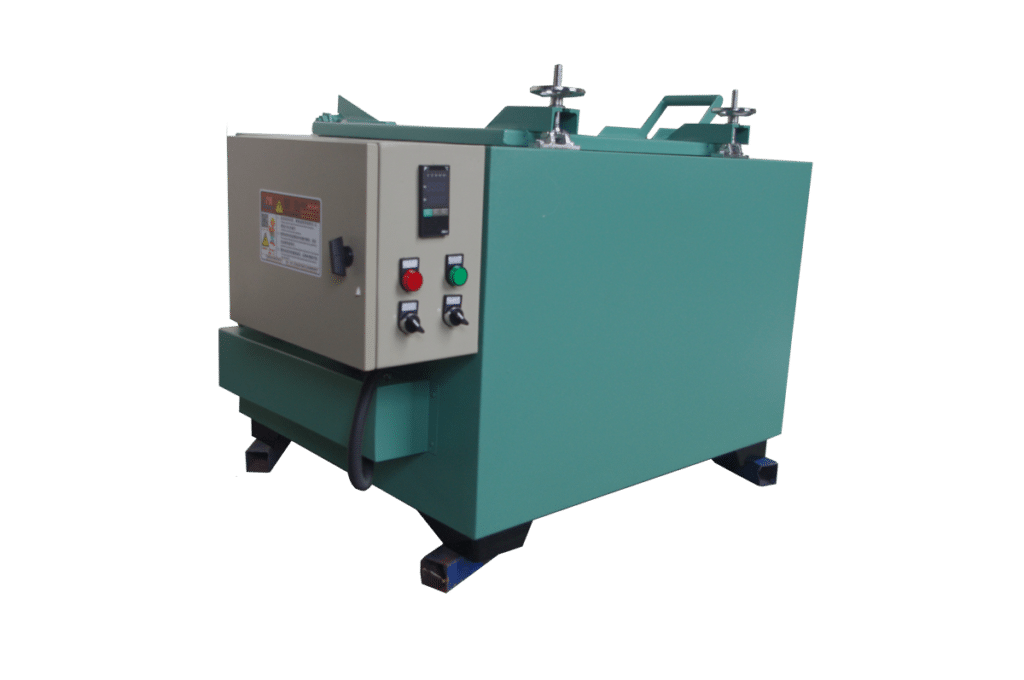1. Introduction to Electric Preheating Furnaces
Electric preheating furnace https://8ruiyan.com/en/all-preheat-furnaces/ is a heating device that uses electrical energy, primarily employed in metal processing, plastic molding, chemical production, food drying, and other industries. Compared to gas or oil-fired preheating furnaces, electric furnaces offer precise temperature control, zero pollution, high thermal efficiency, and easier maintenance, making them ideal for processes requiring strict temperature regulation.
Key Applications
- Metal heat treatment: Preheating and annealing of aluminum alloys, steel, etc.
- Plastic processing: Barrel preheating for injection molding machines
- Chemical industry: Reactor heating
- Food drying: Dehydration and sterilization
- Electronics industry: Preheating of semiconductor materials

2. Installation Requirements
2.1 Site Requirements
- Level and sturdy flooring: The furnace must be installed on a solid, horizontal surface to prevent vibration-induced uneven heating.
- Adequate ventilation: Ensure sufficient clearance (≥1m) around the furnace for heat dissipation.
- Ambient temperature: 5–40°C, humidity ≤80% (to prevent condensation affecting electrical components).
- No corrosive gases: Avoid environments that could damage heating elements and control systems.
2.2 Electrical Requirements
- Stable voltage supply: Typically 380V three-phase (some smaller models may use 220V), with fluctuations within ±5%.
- Dedicated power circuit: Recommended to prevent interference from other high-power equipment.
- Proper grounding: Essential for safety; grounding resistance should be ≤4Ω.
3. Initial Operation Procedure
3.1 Pre-Startup Checks
- Inspect power supply: Ensure correct voltage and proper wiring with no short circuits.
- Check furnace chamber: Remove any debris and verify heating elements are intact.
- Verify cooling system (if applicable): Ensure unobstructed water/air flow.
- Test control system: Confirm temperature controllers and alarms function correctly.
3.2 No-Load Test Run
- Power on and check control panel display.
- Set a low test temperature (e.g., 100°C) and observe heating stability.
- Check heating uniformity: Use an infrared thermometer to measure temperature variations (deviation should be ≤±5°C).
- Test safety alarms: Manually trigger over-temperature protection to verify automatic shutdown.
3.3 First Production Run
- Set process temperature (initially 10–20% below rated temperature).
- Load a small test batch and observe heating performance.
- Optimize parameters: Adjust PID settings (e.g., heating rate, dwell time) based on thermal curves.
- Run continuously for 4–8 hours before gradually increasing to full capacity.
4. Operational Precautions
4.1 Safety Guidelines
✅ Wear protective gear (heat-resistant gloves, goggles).
✅ Avoid exceeding temperature limits to prevent heating element burnout.
✅ Never operate with wet hands—risk of electric shock.
✅ Emergency stop: Locate and familiarize with the emergency shutdown button.
4.2 Routine Maintenance
- Clean the furnace chamber weekly to remove dust and residues.
- Inspect heating elements monthly for oxidation or damage.
- Lubricate moving parts (if any) every 3 months with high-temperature grease.
- Calibrate temperature controls every 6 months using a reference thermocouple.
4.3 Troubleshooting Common Issues
| Symptom | Possible Cause | Solution |
|---|---|---|
| No heating | Power failure / Heating element damage | Check circuit breaker / Replace element |
| Temperature fluctuations | Incorrect PID settings / Faulty thermocouple | Recalibrate PID / Replace sensor |
| Heat leakage | Worn door seal | Replace high-temperature gasket |
| Frequent alarms | Poor cooling / Overheating | Inspect cooling system / Reduce load |
5. Energy-Saving Tips
- Use smart temperature control: PID + fuzzy logic algorithms minimize overshooting.
- Upgrade insulation: Ceramic fiber linings reduce heat loss.
- Waste heat recovery: Install heat exchangers to preheat incoming materials.
- Off-peak operation: Run during low electricity tariff periods to cut costs.
6. Conclusion
Proper installation, operation, and maintenance are critical for the long-term reliability of industrial electric preheating furnaces. With advantages like eco-friendliness, precision, and efficiency, they outperform traditional heating methods, especially in temperature-sensitive applications.
Maintain detailed equipment logs to track performance and optimize processes. For specialized needs (e.g., high-temperature/vacuum environments), consider custom furnace solutions.
For technical support, consult professional suppliers or manufacturer service teams!
🔥🔥🔥
Whatsapp:86-19106101570
wechat:86-19106101570
email:nieyili@cnryan.com
